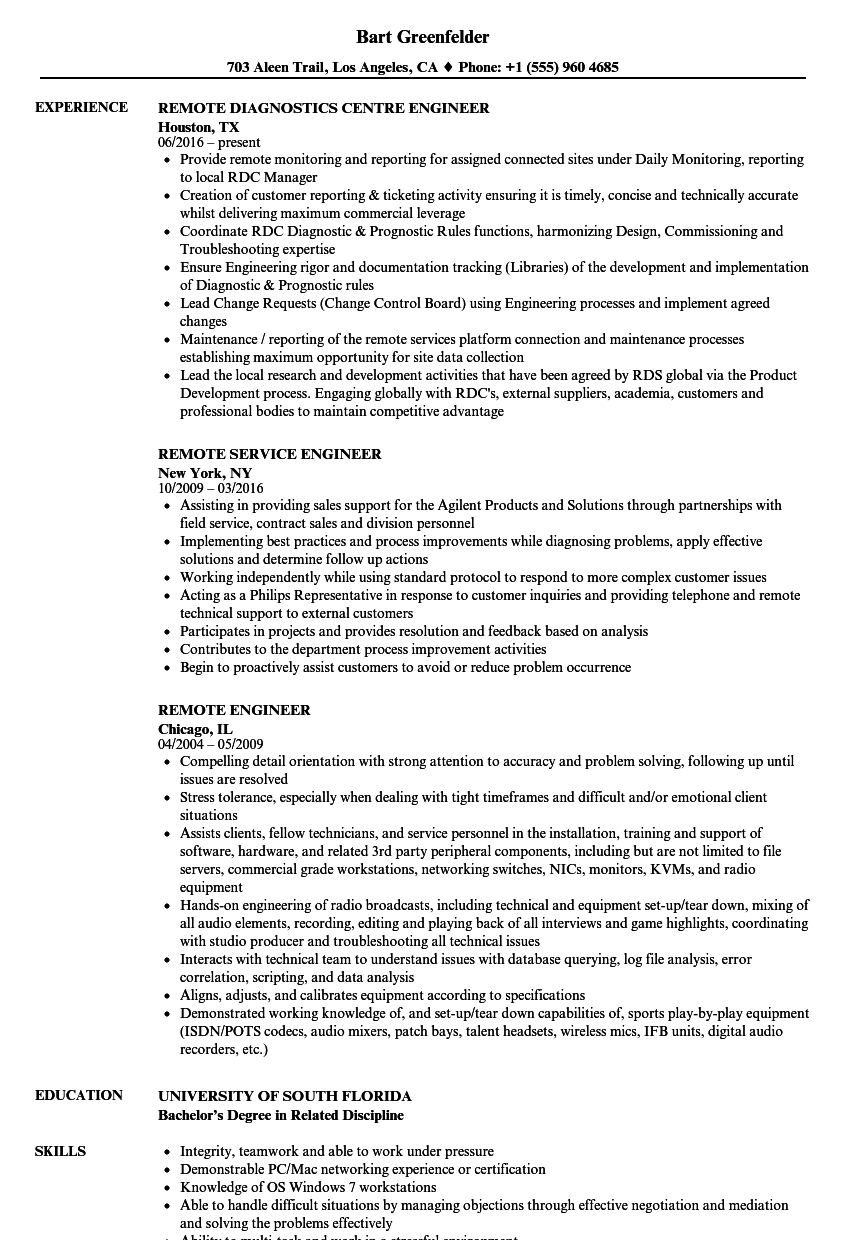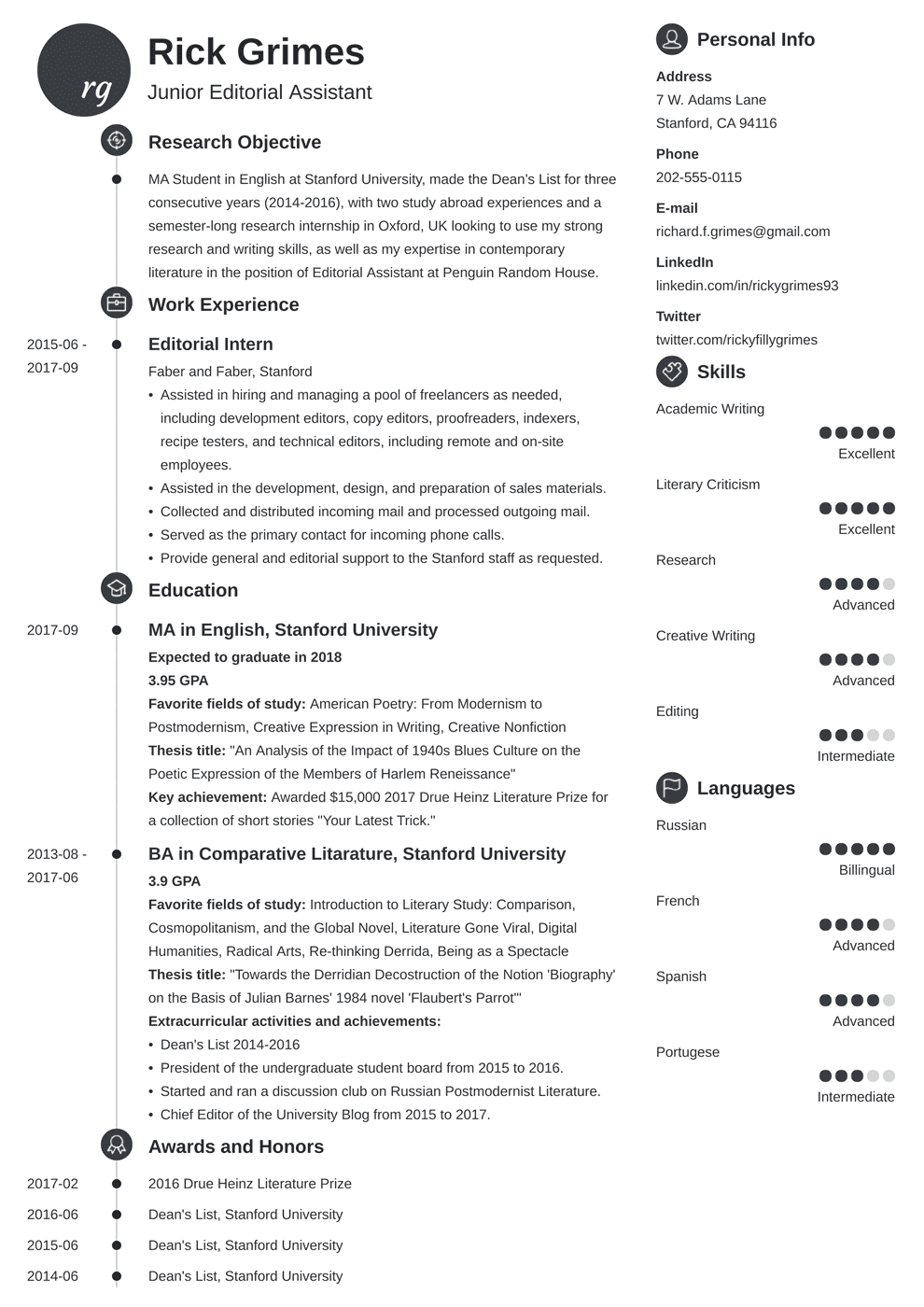

‘Customer-focused retail worker who recently completed a bachelor of arts in English literature at Winterton University. ‘Passionate about aeronautics, technology and science.’Įxamples of an entry-level resume summary: ‘Possesses a CPR and first-aid certification.’ ‘Previous experience volunteering in local homeless shelters practicing food service and customer service.’ ‘Strong time management and organization skills.’Įxamples of the last sentence of a resume summary: ‘Strong computer skills, including experience with MS Office (Word, PowerPoint, Excel) and Adobe Creative Suite.’ ‘Strong verbal and written communication skills combined with a hardworking attitude.’ ‘Hardworking entry-level landscaper who recently obtained a GED certification.’Įxamples of the second sentence of a resume summary: ‘Passionate entry-level cashier possessing an associate of arts degree from EdgeWater Community College.’ ‘Personable restaurant hostess currently pursuing a bachelor of science degree in biology from EdgeWater University.’ Here are some examples you can use when writing your own resume summary:Įxamples of the first sentence of a resume summary: You can also include any charity work or relevant interests in this sentence. The last one or two sentences will cover any awards, achievements or certifications you have. Your second sentence will cover your top skills, relating them to the job description and ensuring you include both hard and soft skills. You can also list your most recent or relevant qualifications. Your first sentence should describe you with a positive adjective and state which role you are applying for. They may decide whether to read more or not based on your summary. It is the first thing a hiring manager will see. Your resume summary should go directly under your name and contact information. Lastly, put your summary at the top of your resume If you have work experience but from a role in a different sector, think about the transferable skills you gained and relate them to the job you are applying for. Consider your hard and soft skills and show how you have used them to achieve measurable goals. The job description lists everything the employer is looking for, so use the words they have used to describe your own skills. Nest, use the keywords from the job description This will help focus the attention of a recruiter and show them exactly what you could bring to the role and how your skills could benefit the employer. Draw attention to any specific outcomes you achieved. Review your skills and experience to see where they match.

Your summary should reflect the requirements in the job description to identify which qualities the employer is most interested in. Then, showcase the most relevant parts of your experience You can include more details about your skills elsewhere on your resume. You want to make the best impression possible, so focus on the key points. State the position you are applying for and give details of your most recent qualification or achievement. Use strong words to describe yourself, including your most relevant qualities. Second, describe your desired role and qualifications There are no set rules, but it should be between one and four sentences long. When you write your resume summary, focus on how you could add value to the role you are applying for. It is much easier to write when you have completed the rest of your resume and identified your most relevant skills. First, write your resume to help you focus on your skillsĪs the name suggests, your resume summary is a collection of the key things an employer should know about you. Here are some steps to follow when writing your resume summary: 1. This article will help you to write a strong resume summary that will attract a hiring manager’s attention. If you are applying for an entry-level role, your resume summary will focus on how your skills and experience will benefit an employer. If you’re a recent graduate, student or teenager, it’s a great way to demonstrate your suitability for the role. An entry-level resume summary is your introduction to an employer.


 0 kommentar(er)
0 kommentar(er)
